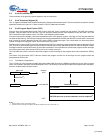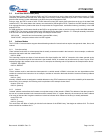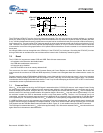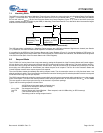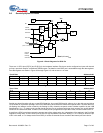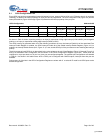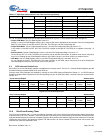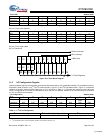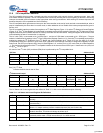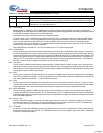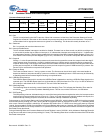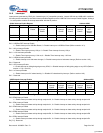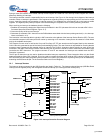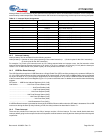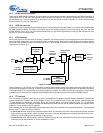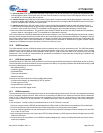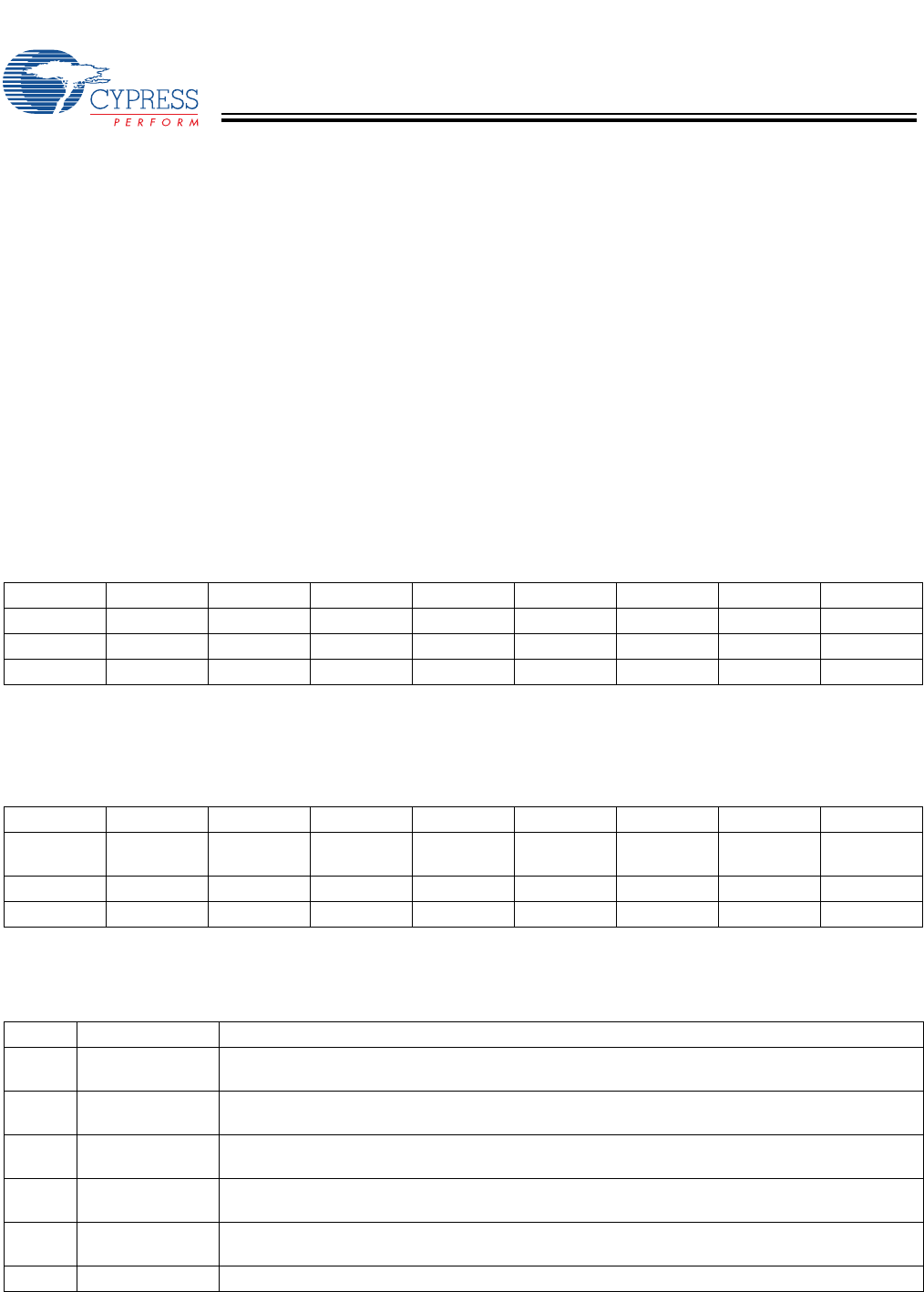
CY7C65113C
Document #: 38-08002 Rev. *D Page 21 of 49
12.0 I2C-compatible Controller
The I2C-compatible block provides a versatile two-wire communication with external devices, supporting master, slave, and
multi-master modes of operation. The I2C-compatible block functions by handling the low-level signaling in hardware, and issuing
interrupts as needed to allow firmware to take appropriate action during transactions. While waiting for firmware response, the
hardware keeps the I2C-compatible bus idle if necessary.
The I2C-compatible block generates an interrupt to the microcontroller at the end of each received or transmitted byte, when a
stop bit is detected by the slave when in receive mode, or when arbitration is lost. Details of the interrupt responses are given in
Section 14.8.
The I2C-compatible interface consists of two registers, an I
2
C Data Register (Figure 12-1) and an I
2
C Status and Control Register
(Figure 12-2). The I
2
C Data Register is implemented as separate read and write registers. Generally, the I
2
C Status and Control
Register should only be monitored after the I
2
C interrupt, as all bits are valid at that time. Polling this register at other times could
read misleading bit status if a transaction is underway.
The I
2
C clock (SCL) is connected to bit 0 of GPIO port 1, and the I
2
C SDA data is connected to bit 1 GPIO port 1. The port
selection is determined by settings in the I
2
C Port Configuration Register (Section 11.0). Once the I
2
C-compatible functionality is
enabled by setting the I
2
C Enable bit of the I
2
C Status and Control Register (bit 0, Figure 12-2), the two LSB ([1:0]) of the
corresponding GPIO port is placed in Open Drain mode, regardless of the settings of the GPIO Configuration Register. In Open
Drain mode, the GPIO pin outputs LOW if the pin’s Data Register is ‘0’, and the pin is in Hi-Z mode if the pin’s Data Register is
‘1’. The electrical characteristics of the I
2
C-compatible interface is the same as that of GPIO port 1. Note that the I
OL
(max) is 2
mA @ V
OL
= 2.0V for port 1.
All control of the I
2
C clock (SCL) and data (SDA) lines is performed by the I
2
C-compatible block.
Bits [7..0]: I
2
C Data
Contains the 8-bit data on the I
2
C Bus.
The I
2
C Status and Control register bits are defined in Table 12-1, with a more detailed description following.
I2C Data Address 0x29
Bit # 76543210
Bit Name I
2
C Data 7 I
2
C Data 6 I
2
C Data 5 I
2
C Data 4 I
2
C Data 3 I
2
C Data 2 I
2
C Data 1 I
2
C Data 0
Read/Write R/W R/W R/W R/W R/W R/W R/W R/W
Reset XXXXXXXX
Figure 12-1. I
2
C Data Register
I
2
C Status and Control Address 0x28
Bit # 76543210
Bit Name MSTR Mode Continue/Bu
sy
Xmit Mode ACK Addr ARB
Lost/Restart
Received
Stop
I
2
C Enable
Read/Write R/W R/W R/W R/W R/W R/W R/W R/W
Reset 00000000
Figure 12-2. I
2
C Status and Control Register
Table 12-1. I
2
C Status and Control Register Bit Definitions
Bit Name Description
0I
2
C Enable When set to ‘1’, the I
2
C-compatible function is enabled. When cleared, I
2
C GPIO pins operate
normally.
1 Received Stop Reads 1 only in slave receive mode, when I
2
C Stop bit detected (unless firmware did not ACK the
last transaction).
2 ARB Lost/Restart Reads 1 to indicate master has lost arbitration. Reads 0 otherwise.
Write to 1 in master mode to perform a restart sequence (also set Continue bit).
3 Addr Reads 1 during first byte after start/restart in slave mode, or if master loses arbitration.
Reads 0 otherwise. This bit should always be written as 0.
4 ACK In receive mode, write 1 to generate ACK, 0 for no ACK.
In transmit mode, reads 1 if ACK was received, 0 if no ACK received.
5 Xmit Mode Write to 1 for transmit mode, 0 for receive mode.
[+] Feedback



